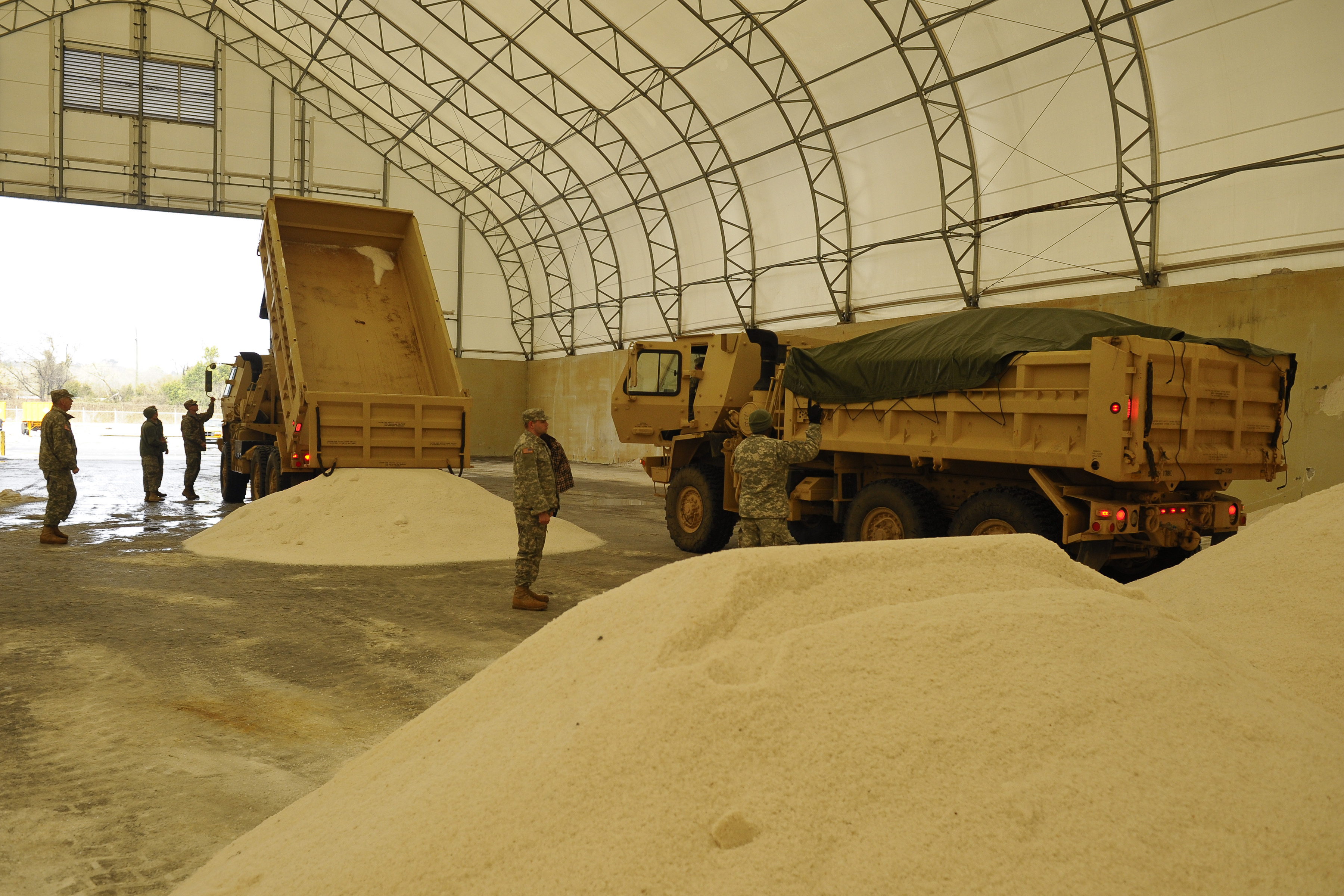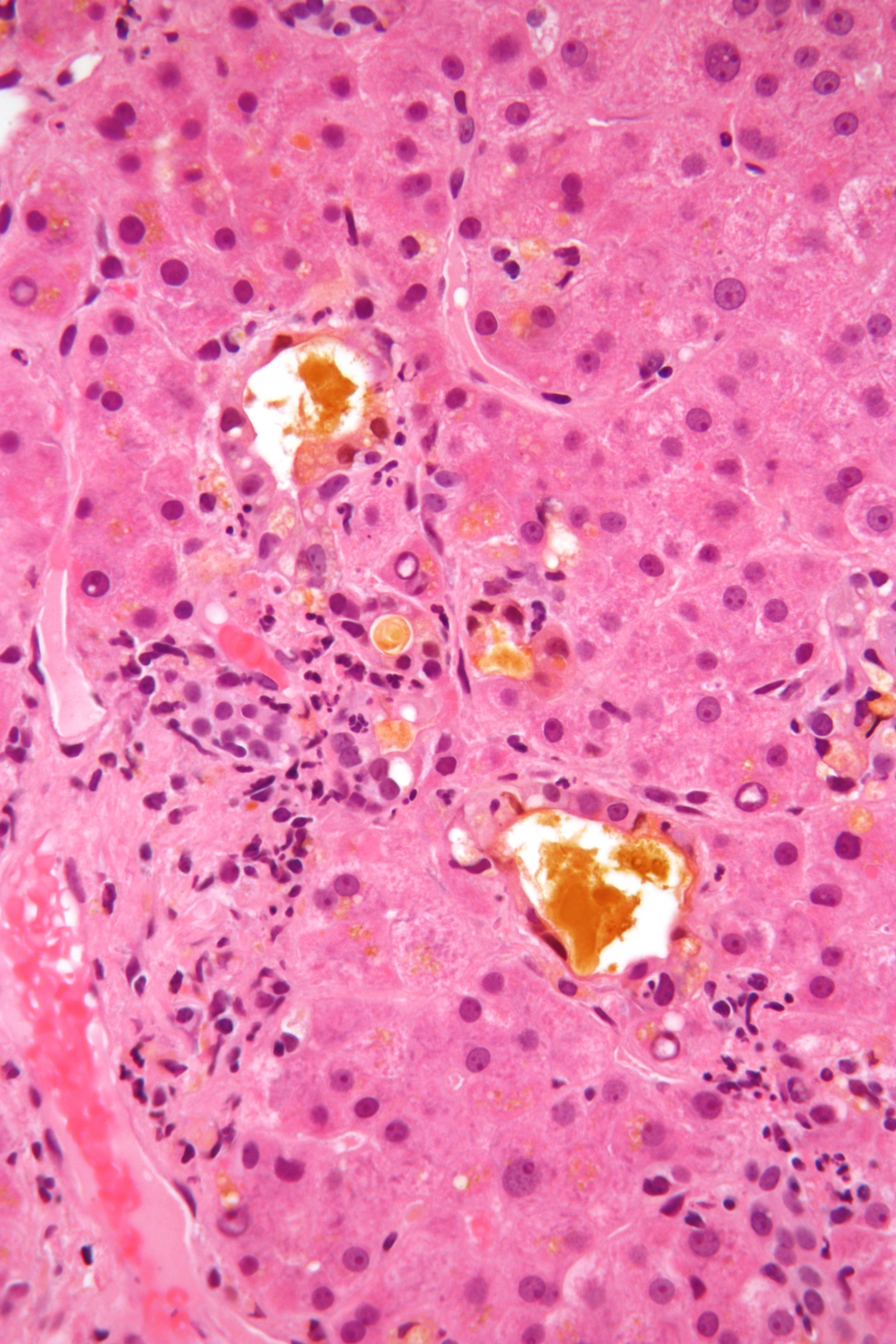|
Lauryl Tryptose Broth
Lauryl tryptose broth (LTB) is a selective growth medium (broth) for coliforms. Lauryl tryptose broth is used for the most probable number test of coliforms in waters, effluent or sewage. It acts as a confirmation test for lactose fermentation with gas production. Sodium lauryl sulfate inhibits organisms other than coliforms. ''Formula in grams/litre (g/L)'' : Tryptose: 20.0, :Lactose : 5.0, :Sodium chloride : 5.0, : Dipotassium phosphate : 2.75, : Potassium dihydrogen phosphate : 2.75, :Sodium dodecyl sulfate : 0.1 : pH 6.8 ± 0.2 Samples positive for gas production are transferred to brilliant green lactose bile broth (BLGB) to detect the ability to grow in the presence of bile and produce gas at 95 °F (35 °C) for 48 hours. The absence of gas production in 48 hours is considered a negative test for coliforms. Gas production serves as both a presumptive test and a confirmatory medium. Fecal coliforms A fecal coliform (British: faecal coliform) is a facultatively anaer ... [...More Info...] [...Related Items...] OR: [Wikipedia] [Google] [Baidu] |
Growth Medium
A growth medium or culture medium is a solid, liquid, or semi-solid designed to support the growth of a population of microorganisms or cells via the process of cell proliferation or small plants like the moss ''Physcomitrella patens''. Different types of media are used for growing different types of cells. The two major types of growth media are those used for cell culture, which use specific cell types derived from plants or animals, and those used for microbiological culture, which are used for growing microorganisms such as bacteria or fungi. The most common growth media for microorganisms are nutrient broths and agar plates; specialized media are sometimes required for microorganism and cell culture growth. Some organisms, termed fastidious organisms, require specialized environments due to complex nutritional requirements. Viruses, for example, are obligate intracellular parasites and require a growth medium containing living cells. Types The most common growth media ... [...More Info...] [...Related Items...] OR: [Wikipedia] [Google] [Baidu] |
Sodium Chloride
Sodium chloride , commonly known as Salt#Edible salt, edible salt, is an ionic compound with the chemical formula NaCl, representing a 1:1 ratio of sodium and chloride ions. It is transparent or translucent, brittle, hygroscopic, and occurs as the mineral halite. In its edible form, it is commonly used as a condiment and curing (food preservation), food preservative. Large quantities of sodium chloride are used in many industrial processes, and it is a major source of sodium and chlorine compounds used as feedstocks for further Chemical synthesis, chemical syntheses. Another major application of sodium chloride is deicing of roadways in sub-freezing weather. Uses In addition to the many familiar domestic uses of salt, more dominant applications of the approximately 250 million tonnes per year production (2008 data) include chemicals and de-icing.Westphal, Gisbert ''et al.'' (2002) "Sodium Chloride" in Ullmann's Encyclopedia of Industrial Chemistry, Wiley-VCH, Weinheim . Chem ... [...More Info...] [...Related Items...] OR: [Wikipedia] [Google] [Baidu] |
Coliforms
Coliform bacteria are defined as either motile or non-motile Gram-negative non- spore forming bacilli that possess β-galactosidase to produce acids and gases under their optimal growth temperature of 35–37 °C. They can be aerobes or facultative aerobes, and are a commonly used indicator of low sanitary quality of foods, milk, and water. Coliforms can be found in the aquatic environment, in soil and on vegetation; they are universally present in large numbers in the feces of warm-blooded animals as they are known to inhabit the gastrointestinal system. While coliform bacteria are not normally the cause of serious illness, they are easy to culture, and their presence is used to infer that other pathogenic organisms of fecal origin may be present in a sample, or that said sample is not safe to consume. Such pathogens include disease-causing bacteria, viruses, or protozoa and many multicellular parasites. Every drinking water source must be tested for the presence of these ... [...More Info...] [...Related Items...] OR: [Wikipedia] [Google] [Baidu] |
Fecal Coliforms
A fecal coliform (British: faecal coliform) is a facultatively anaerobic, rod-shaped, gram-negative, non- sporulating bacterium. Coliform bacteria generally originate in the intestines of warm-blooded animals. Fecal coliforms are capable of growth in the presence of bile salts or similar surface agents, are oxidase negative, and produce acid and gas from lactose within 48 hours at 44 ± 0.5°C.Doyle, M. P., and M. C. Erickson. 2006"Closing the door on the fecal coliform assay."'' Microbe'' 1:162–163. . The term thermotolerant coliform is more correct and is gaining acceptance over "fecal coliform". Coliform bacteria include genera that originate in feces (e.g. ''Escherichia'', ''Enterobacter'', '' Klebsiella'', '' Citrobacter''). The fecal coliform assay is intended to be an indicator of fecal contamination; more specifically of '' E. coli'' which is an indicator microorganism for other pathogens that may be present in feces. Presence of fecal coliforms in water may not be di ... [...More Info...] [...Related Items...] OR: [Wikipedia] [Google] [Baidu] |
Bile
Bile (from Latin ''bilis''), also known as gall, is a yellow-green/misty green fluid produced by the liver of most vertebrates that aids the digestion of lipids in the small intestine. In humans, bile is primarily composed of water, is produced continuously by the liver, and is stored and concentrated in the gallbladder. After a human eats, this stored bile is discharged into the first section of the small intestine, known as the duodenum. Composition In the human liver, bile is composed of 97–98% water, 0.7% bile salts, 0.2% bilirubin, 0.51% fats ( cholesterol, fatty acids, and lecithin), and 200 meq/L inorganic salts. The two main pigments of bile are bilirubin, which is orange-yellow, and its oxidised form biliverdin, which is green. When mixed, they are responsible for the brown color of feces. About of bile is produced per day in adult human beings. Function Bile or gall acts to some extent as a surfactant, helping to emulsify the lipids in food. B ... [...More Info...] [...Related Items...] OR: [Wikipedia] [Google] [Baidu] |
Brilliant Green Lactose Bile Broth
Brilliant may refer to: Music * ''Brilliant'' (album), a 2012 album by Ultravox *Brilliant (band), a British pop/rock group active in the 1980s * "Brilliant" (song), a song by D'espairsRay *Brilliant Classics, Dutch classical music record label *''Brilliant!'', a 1989 album by Kym Mazelle Places *Brilliant, British Columbia, a community in Canada * Brilliant, Alabama, a town in the U.S. * Brilliant, New Mexico *Brilliant, Ohio, a town in the U.S. Ships * ''Brilliant'' (schooner), a schooner at Mystic Seaport in Mystic, Connecticut * * – one of nine vessels by that name * – one of two vessels by that name Other uses * Brilliant.org, an educational website *Brilliant (diamond cut) * brilliant (typography), the typographic size between diamond and excelsior * ''Brilliant'' (film), a 2004 TV film *''Brilliant!'', 1995/96 art show of Young British Artists in Minneapolis and Houston *''The Fast Show'' or ''Brilliant!'', a BBC series *Brilliant, a 1950s cartoon character in the '' ... [...More Info...] [...Related Items...] OR: [Wikipedia] [Google] [Baidu] |
Sodium Dodecyl Sulfate
Sodium dodecyl sulfate (SDS) or sodium lauryl sulfate (SLS), sometimes written sodium laurilsulfate, is an organic compound with the formula and structure . It is an anionic surfactant used in many cleaning and hygiene products. This compound is the sodium salt of the 12-carbon organosulfate. Its hydrocarbon tail combined with a polar " headgroup" give the compound amphiphilic properties that make it useful as a detergent. SDS is also component of mixtures produced from inexpensive coconut and palm oils. SDS is a common component of many domestic cleaning, personal hygiene and cosmetic, pharmaceutical, and food products, as well as of industrial and commercial cleaning and product formulations. Physicochemical properties The critical micelle concentration (CMC) in water at 25 °C is 8.2 mM, and the aggregation number at this concentration is usually considered to be about 62. The micelle ionization fraction (α) is around 0.3 (or 30%). Applications Cleaning and hygie ... [...More Info...] [...Related Items...] OR: [Wikipedia] [Google] [Baidu] |
Potassium Dihydrogen Phosphate
Monopotassium phosphate (MKP) (also, potassium dihydrogen phosphate, KDP, or monobasic potassium phosphate) is the inorganic compound with the formula KH2PO4. Together with dipotassium phosphate (K2HPO4.(H2O)x) it is often used as a fertilizer, food additive, and buffering agent. The salt often cocrystallizes with the dipotassium salt as well as with phosphoric acid. Single crystals are paraelectric at room temperature. At temperatures below , they become ferroelectric. Structure Monopotassium phosphate can exist in several polymorphs. At room temperature it forms paraelectric crystals with tetragonal symmetry. Upon cooling to it transforms to a ferroelectric phase of orthorhombic symmetry, and the transition temperature shifts up to when hydrogen is replaced by deuterium. Heating to changes its structure to monoclinic. When heated further, MKP decomposes, by loss of water, to potassium metaphosphate, , at . Manufacturing Monopotassium phosphate is produced by the actio ... [...More Info...] [...Related Items...] OR: [Wikipedia] [Google] [Baidu] |
Dipotassium Phosphate
Dipotassium phosphate (also dipotassium hydrogen orthophosphate or potassium phosphate dibasic) is the inorganic compound with the formula K2HPO4.(H2O)x (x = 0, 3, 6). Together with monopotassium phosphate (KH2PO4.(H2O)x), it is often used as a fertilizer, food additive, and buffering agent. It is a white or colorless solid that is soluble in water. It is produced commercially by partial neutralization of phosphoric acid with two equivalents of potassium chloride: : H3PO4 + 2 KCl → K2HPO4 + 2 HCl Uses As a food additive, dipotassium phosphate is used in imitation dairy creamers, dry powder beverages, mineral supplements, and starter cultures. It functions as an emulsifier, stabilizer and texturizer; it is also a buffering agent, and chelating agent especially for the calcium in milk products. As a food additive, dipotassium phosphate is generally recognized as safe by the United States Food and Drug Administration, and is commonly used (in conjunction with other inorganic sal ... [...More Info...] [...Related Items...] OR: [Wikipedia] [Google] [Baidu] |
Lactose
Lactose is a disaccharide composed of galactose and glucose and has the molecular formula C12H22O11. Lactose makes up around 2–8% of milk (by mass). The name comes from (Genitive case, gen. ), the Latin word for milk, plus the suffix ''-ose'' used to name sugars. The compound is a white, water-soluble, non-Hygroscopy, hygroscopic solid with a mildly sweet taste. It is used in the food industry. Structure and reactions Lactose is a disaccharide composed of galactose and glucose, which form a β-1→4 Glycosidic bond, glycosidic linkage. Its systematic name is β-D-galactopyranosyl-(1→4)-D-glucose. The glucose can be in either the α-pyranose form or the β-pyranose form, whereas the galactose can have only the β-pyranose form: hence α-lactose and β-lactose refer to the anomeric form of the glucopyranose ring alone. Detection reactions for lactose are the Alfred Wöhlk, Wöhlk and William Fearon, Fearon tests. They can be used to detect the different lactose content o ... [...More Info...] [...Related Items...] OR: [Wikipedia] [Google] [Baidu] |
Broth
Broth, also known as bouillon (), is a savory liquid made of water in which meat, fish, or vegetables have been simmered for a short period of time. It can be eaten alone, but it is most commonly used to prepare other dishes, such as soups, gravies, and sauces. Commercially prepared liquid broths are available, typically chicken, beef, fish, and vegetable varieties. Dehydrated broth in the form of bouillon cubes was commercialized beginning in the early 20th century. Stock versus broth Many cooks and food writers use the terms ''broth'' and ''stock'' interchangeably. In 1974, James Beard (an American cook) wrote that stock, broth, and bouillon "are all the same thing". While many draw a distinction between stock and broth, the details of the distinction often differ. One possibility is that stocks are made primarily from animal bones, as opposed to meat, and therefore contain more gelatin, giving them a thicker texture. Another distinction that is sometimes made i ... [...More Info...] [...Related Items...] OR: [Wikipedia] [Google] [Baidu] |





